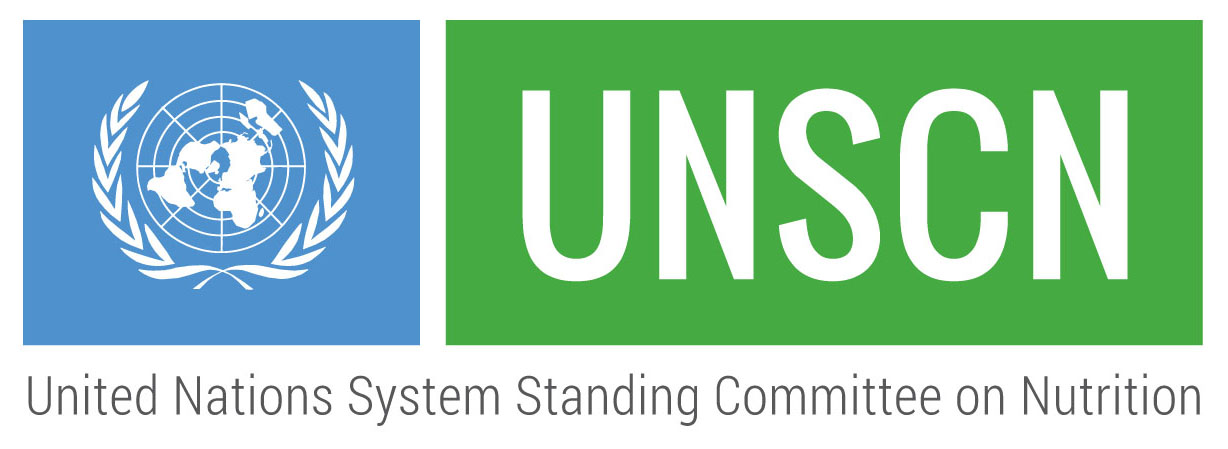Upcoming events
Joint IAEA-WHO-UNICEF Workshop on Analysis of Biological Pathways to Better Understand the Double Burden of Malnutrition and to Inform Action Planning

3-5 October 2017 - IAEA Headquarters, Vienna, Austria.
Low- and middle-income countries face an increasing double burden of malnutrition and disease. Food insecurity, undernutrition and infectious diseases, overweight, obesity and related non-communicable diseases (NCDs) coexist in many countries, communities and households, across all levels of economic development and may occur in the same individual at different stages in the life-course. Nutrition and the risk for NCDs are closely linked; underweight, overweight and obesity, have a direct impact on the global increase in NCDs. These conditions are associated with an increase in infant and young child morbidity and mortality; overweight and obesity in adolescence; low psychomotor development and economic potential; and an increased risk of NCDs, disability and death in later life.
Metabolic programming through the developmental plasticity mechanisms (epigenetics), gut dysbiosis and disruptions in particular cellular signalling pathways, including the immune system and neuroendocrine axis, seem to have a crucial role as underlying pathophysiological mechanism, but these interplay need to be teased out for further clarity.
The purpose of this workshop is to have a better understanding of the biological pathways related to the double burden of malnutrition and their interaction with environmental factors, and to inform action planning.
Aim:
- To review evidence on the magnitude of the double burden of malnutrition.
- To update on driving factors associated with the double burden of malnutrition and the underlying biological pathways.
- To review country experiences with the implementation of interventions designed to address the double burden of malnutrition, their effectiveness, challenges and opportunities.
- To discuss methodological issues related to diagnosis of the double burden and malnutrition and assessment of the effectiveness of programmes to address it.
- To identify a framework for addressing knowledge gaps and additional research needs in alignment with global nutrition targets.
- To make recommendations on double duty actions to prevent the double burden of malnutrition across sectors.
Additional information is available on the IAEA website here and the outcomes feature in a recent blog by Cornelia Loechl, IAEA's Section Head of the Nutritional and Health-related Environmental Studies here. To learn more about the inter-agency action on this theme, we invite you to read an article on this theme in the November 2017 edition of the UN Special.


